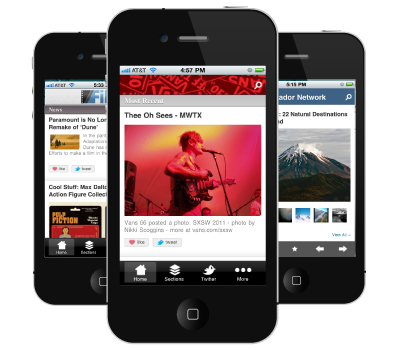 Soon, maybe even this week, it is the end of the Internet as we know it.
Soon, maybe even this week, it is the end of the Internet as we know it.
World is running out of the IPv4 addresses, and only 0.2% of Internet users have the next version, IPv6. According to the count down, we have only 2 days left.
To explain: each device with Internet connection requires a unique IP address to connect with the rest of the devices on the network, which is essential for Internet to function. Most devices with Internet connection run on Internet protocol version four (IPv4), which is used by the majority of users around the globe. But now there are only few addresses left.
What does it mean?
Most probably there will be ipv4 only addresses even in 2030 and the devices using IPv4 addresses continue working at the same time as the next version IPv6. However, since every electronic device (routers, PCs, phones, laptops, etc.) with WIFI access point in the short term needs a dual address, there is a need for a much more powerful hardware and the device will require software updates.
For operators it will be hard and expensive to get new IPv4 addresses to increase their networks, while the cost of managing the existing IPv4s also increases. That is why big operators, such as Facebook, Yahoo and Google, will face the problem before end users, because at some point they too will need new servers.
Therefore, Google, Facebook, Yahoo! and other big operators have organized a World IPv6 Day together on June 8th 2011, to enable IPv6 on their main websites for 24 hours. What makes it interesting is that even if IPv6 is already used, it has never been used on so many servers and websites at the same time. The aim of the day according to the operators is to work together to find and resolve problems and bugs that may arise.
How does it affect the end user?
Google informs that during this day, most of the users will not be affected. However, in the long term, the situation might not remain the same. The end user may find some websites and email addresses unreachable, in case they use only IPv6 and user’s provider only has IPv4 addresses. Also, websites with both addresses might cause problems.
“If you make a website ready for both address types, a big part of users will have trouble connecting. This is because their system thinks they can reach the IPv6, but their connection is not ready yet. For connection to work seamlessly, you need every step from operating system to router to ISP to be properly configured. It is a big issue, but it is nobody’s fault. It is everybody’s fault not finding a solution for it before”, states Fabio Ferretti, CEO of Ilbello Srl.
Why should I upgrade to IPv6?
Since we are running out of IPv4 addresses, in the future various websites will only support IPv6 and the Internet becomes a dual IPv4/IPv6 network. This means that to be able to connect with your clients, business partners, users and subscribers, and to assure that your website remains accessible to all Internet users, especially in emerging markets; you need to ensure you also have IPv6. And that your network and IT staff are aware and ready for the transition.
Do not forget that the change is coming and the earlier you start deploying the IPv6, the bigger advantage you will have over your competitors who wait.
Find more information on IPv6 here.






